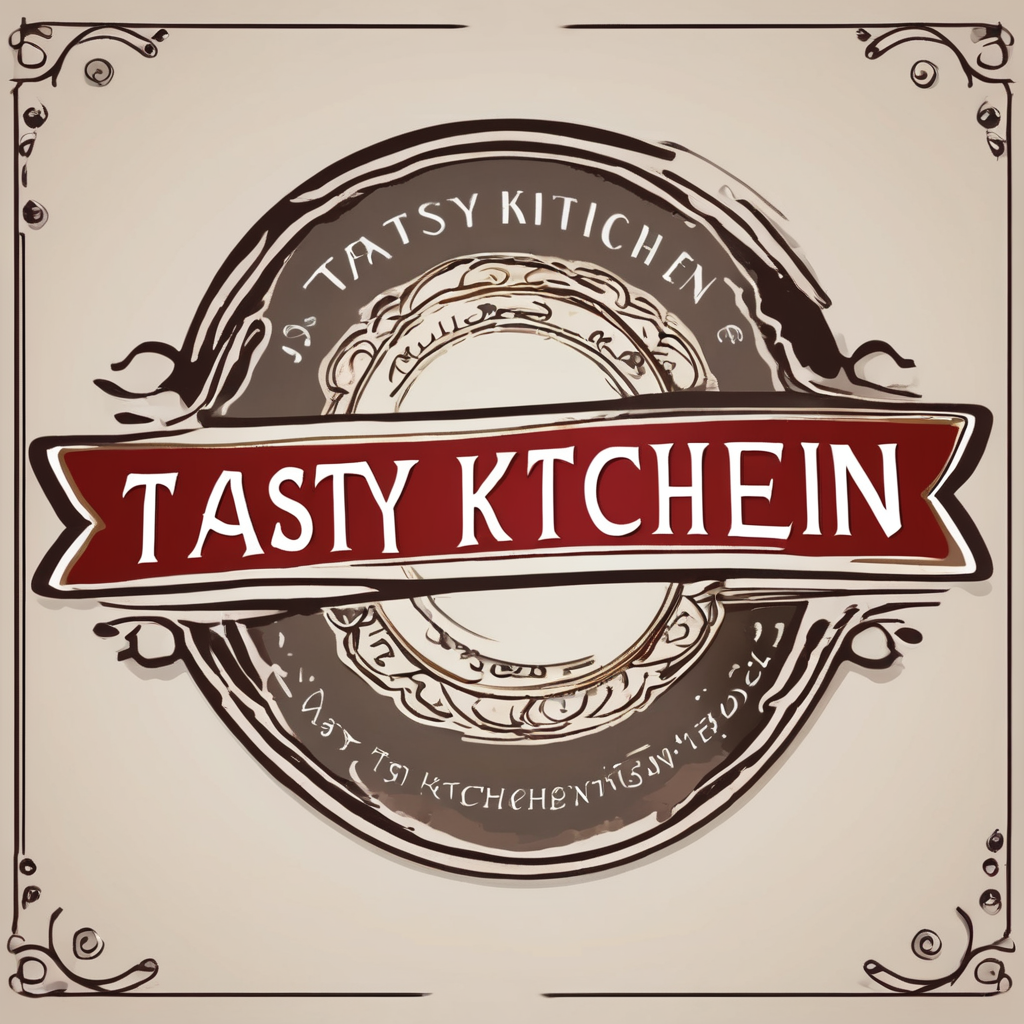Top Techniques for Managing High Holiday Demand in Resort Dining: Expert Strategies Revealed
Managing high holiday demand in resort dining is a complex and challenging task, but with the right strategies, it can be a lucrative and rewarding experience for both the business and its guests. Here’s a comprehensive guide on how to navigate this busy period effectively.
Understanding the Holiday Demand
Holiday seasons are peak times for the hospitality industry, with hotels, resorts, and restaurants experiencing a significant surge in demand. This period is crucial for generating revenue, but it also presents unique challenges such as managing large volumes of guests, maintaining high service standards, and ensuring that every guest has a memorable experience.
Also to discover : Top Tactics for Managing High Holiday Traffic in Your Resort Restaurant
Analyzing Historical Data
To prepare for high holiday demand, it is essential to analyze historical data to understand patterns and trends. This includes reviewing past booking trends, guest preferences, and operational metrics such as turn times and capacity utilization.
| Metric | Description | Importance |
|-----------------|-----------------------------------------------------------------------------|--------------------------------------------|
| Booking Trends | Historical data on reservation patterns and guest arrivals. | Helps in predicting demand and planning. |
| Guest Preferences| Data on food choices, room preferences, and other guest behaviors. | Tailors services to meet guest expectations. |
| Turn Times | Average time guests spend at a table or in a room. | Optimizes seating and room allocation. |
| Capacity Utilization| Percentage of seats or rooms occupied at any given time. | Ensures maximum revenue generation. |
Optimizing Revenue Management
Revenue management is a critical aspect of managing high holiday demand. It involves using data to optimize pricing, inventory, and service delivery to maximize revenue.
Have you seen this : Top Tips for Ensuring Ultimate Freshness in Your Restaurant”s Raw Bar
Tiered Reservation Availability
One effective strategy is to tier reservation availability to ensure that the most valuable guests can book first. This can include restricting smaller parties from booking larger tables and implementing a cancellation penalty for last-minute no-shows.
- High Demand Periods: Prioritize reservations from high-value guests during peak times.
- Low Demand Periods: Offer more flexible reservation options to attract a broader range of guests.
- Cancellation Penalties: Implement penalties to recoup costs from last-minute cancellations.
Optimizing Turn Times
Optimizing turn times is crucial for maximizing the number of guests that can be served during peak periods. This involves adjusting reservation slots to fit in more turns and using advanced table management systems to accurately report average turn times.
Example:
- Average turn time for a two-top table: 90 minutes
- Reservation slots: 4 p.m., 6 p.m., 8 p.m.
- Adjusted slots: 4 p.m., 5:30 p.m., 7 p.m., 8:30 p.m.
Enhancing the Guest Experience
The guest experience is at the heart of any successful hospitality business. During high holiday demand, it is even more critical to ensure that every guest feels valued and cared for.
Personalized Services
Personalization is key to creating memorable experiences. This can include small gestures such as sending a welcome-back treat to a returning guest or arranging a surprise in-room movie night for families.
- Unified Guest Profiles: Use data to create a complete picture of each guest’s preferences and needs.
- Tailored Services: Offer services that cater to individual guest preferences, such as local tours or in-room wellness days.
- Surprise Moments: Create unexpected delights, like a complimentary dish or a guided tour, to make the stay unforgettable.
Responsive Customer Service
Responsive customer service is vital during peak periods when issues can arise more frequently. Empowering staff to address problems quickly and effectively can turn negative experiences into positive ones.
- Quick Resolution: Respond promptly to guest complaints and resolve issues efficiently.
- Empathy and Apologies: Show empathy and offer apologies along with a resolution, such as a complimentary drink.
- Omnichannel Communication: Ensure guests can reach you through various channels, including texting, emails, social media, and in-app messaging.
Building Community and Loyalty
Engaging with the local community and building customer loyalty are long-term strategies that can benefit your business even during off-peak seasons.
Community Involvement
Restaurants and hotels can benefit from community involvement by partnering with local nonprofit organizations, sourcing ingredients locally, and hosting community events.
- Partnerships with Nonprofits: Collaborate with local charities, such as hosting a charity night or participating in events like Dine Out for No Kid Hungry.
- Local Sourcing: Use locally sourced ingredients to support local growers and offer fresh dishes.
- Community Events: Host events like food drives, live music nights, or art exhibitions to engage with the community.
Customer Loyalty
Customer loyalty is crucial for repeat business and positive word-of-mouth. Here are some strategies to build and maintain customer loyalty:
- Increased Customer Loyalty: Community involvement helps build stronger connections with customers, leading to increased loyalty.
- Positive Brand Image: Participating in community initiatives enhances your business’s reputation and attracts socially responsible customers.
- Loyalty Programs: Implement loyalty programs that reward repeat guests, such as exclusive discounts or special perks.
Leveraging Hospitality Marketing Trends
Effective marketing is essential for attracting new guests and maintaining loyalty during high holiday demand.
Digital and Print Media
Use a combination of digital and print media to target new guests and maintain existing customer relationships. This includes social media campaigns, email marketing, and print advertisements.
- Social Media: Utilize social media platforms to engage with guests, share updates, and promote special offers.
- Email Marketing: Send personalized emails to guests with exclusive offers, event notifications, and loyalty program updates.
- Print Media: Use local newspapers, magazines, and flyers to reach a broader audience.
Customer Feedback and Reviews
Customer feedback and reviews are invaluable for improving services and attracting new guests. Here’s how to leverage them:
- Seek Feedback: Regularly seek feedback from guests to understand their needs and expectations.
- Respond to Reviews: Respond promptly to both positive and negative reviews to show that you value guest feedback.
- Use Feedback for Improvement: Use feedback to make necessary improvements and exceed guest expectations.
Practical Insights and Actionable Advice
Here are some practical insights and actionable advice to help you manage high holiday demand effectively:
Prepare in Advance
- Staff Training: Ensure all staff are well-trained and prepared to handle the increased demand.
- Inventory Management: Manage inventory levels carefully to avoid shortages and overstocking.
- Technology Integration: Use advanced management software to streamline operations and optimize revenue.
Focus on Customer Service
- Empower Staff: Empower staff to make decisions and take actions that enhance the guest experience.
- Personal Touches: Add personal touches to make each guest’s stay memorable.
- Responsive Service: Ensure quick and effective resolution of any issues that arise.
Monitor and Adjust
- Real-Time Data: Use real-time data to monitor demand and adjust strategies accordingly.
- Flexibility: Be flexible with reservation times and capacity to maximize revenue.
- Continuous Improvement: Continuously seek feedback and make improvements to enhance the guest experience.
In conclusion, managing high holiday demand in resort dining requires a multifaceted approach that includes optimizing revenue management, enhancing the guest experience, building community and loyalty, and leveraging hospitality marketing trends. By implementing these strategies, you can ensure a successful and profitable holiday season that leaves a lasting impression on your guests.
Final Thoughts
As a hospitality manager, your goal is not just to manage the operational aspects of your business but to create memorable experiences for your guests. Here’s what industry experts have to say:
- “Happy guests talk. They leave those glowing reviews that potential visitors read before they book. When guests share their great experiences and advocate for your brand, it’s a powerful endorsement that attracts new business.”
- “The creation of memorable experiences is one of the best ways for hospitality industry businesses to control guest satisfaction. Guests remember unique offerings, quality food, great attention to detail, and small adjustments made to improve comfort and enjoyment.”
By focusing on these key areas and using the strategies outlined above, you can make sure your resort dining experience stands out during the holiday season and beyond.






